By Louise Irvine
“How did they make that?” is one of the most common questions asked by visitors to WMODA. The Great Pottery Throw Down, now streaming on HBO Max, provides the answers and more! Suspense, drama, laughter, and tears are among the addictive qualities that make this British TV show such compelling viewing.
The show follows the craft contest style of The Great British Bake Off but the amateur competitors make pottery rather than pies. As with baking, you never know what the heat of the oven will do and there are moments of agonizing suspense while the potters wait to see if their work has cracked in the kiln or survived the explosive drama of a raku firing.
Four seasons of the British TV show, a total of 34 episodes, are being screened on HBO Max and they make great binge viewing with educational value during the lockdown. The first two series of The Great Pottery Throw Down were broadcast on BBC Two in the UK before being taken over by Channel 4. The latest series was recorded in 2020 during the pandemic with all the competitors isolated in a quarantine bubble in Stoke-on-Trent in England.
The TV show celebrates the heritage of Stoke-on-Trent, which has been home to the British ceramics industry since the 18th century. The vast majority of the WMODA collection was made in this city and we are delighted to see the spotlight shining on this historic area that means so much to us at the museum. The first three series were filmed at the Middleport Pottery in Burslem, Stoke-on-Trent, which is depicted on the Potteries tile panel at the entrance to WMODA. Middleport is renowned for producing blue and white Burleigh ware, and the company is celebrating its 170th anniversary this year. It the last pottery in the world to use underglaze tissue printing to make tableware with this time-honored technique. Decorating with transfer prints was one of the challenges set for the contestants in The Great Pottery Throwdown and they discovered it is not so easy.
The quaint cobbled courtyards, iconic bottle kiln, and canal-side setting at Middleport add nostalgia to the show’s panoramic view of the pottery industry. It is as if the Potteries tile panel at WMODA has come to life as the camera pans over the bottle kilns of Stoke-on-Trent. Four bottle kilns survive at the Gladstone Pottery Museum in Longton, which was the setting for the fourth series of The Great Pottery Showdown. This working museum records how coal-fired pottery used to be made during the industrial revolution in North Staffordshire and is a popular destination for tourists. During the 1980s, I used to take Royal Doulton collectors from the USA and Canada to visit the museum and our baby son, Ben, joined the tour in 1988 for his first experience of the Potteries.
The competitors in The Great Pottery Showdown come from all walks of life and we get to know their appealing personalities and family backgrounds until they are eliminated one by one by the judges. There are lots of supportive hugs and tears, most notably from Keith Brymer Jones, one of the show’s judges, whose passion for pottery is charged with emotion. As well as critiquing the work of the amateur potters, Keith shows them how it should be done in the wheel throwing challenges.
Throwing comes from an old English word meaning to twist and to turn and it is fascinating to watch the varying skill of the amateurs as they tackle all the challenges on the potter’s wheel. Generally, the “throw-down” lasts just a few minutes as the potters race to throw the assigned shapes, which vary from egg cups to giant chimney pots. Sometimes, they are challenged to throw blindfolded or with a traditional kick-wheel rather than an electric wheel.
At WMODA, we celebrate the skills of our local wheel-throwers, including Alyssa Ligmont who makes decorative practical pottery inspired by Florida’s shoreline, and Alex Meiklejohn, who astounds us with his ability to throw miniature ceramics “off the hump.” This was one of the challenges in the final series of The Great Pottery Throw Down and the competitors showed us just how hard it is to make ceramics for dollhouses.
Guest experts help set and judge many of the challenges, which have included making a Mad Hatter’s tea-set, tiling a Victorian fireplace, and building a fully functioning toilet. A wide variety of ceramic bodies and processes are explored in each series. The winning potters need to excel at wheel-throwing, hand-building with slabs or coils, and slip casting from plaster molds. One day they have to work with porcelain, another it’s fine bone china, the next challenge could be robust terracotta or perhaps course crank clay. Plus, they have to decorate and glaze their pots to fully display their technical talents and design skills while expressing their vivid imaginations. Watching The Great Pottery Throw Down will give you a whole new appreciation of the passion, patience, and skills that go into creating ceramics as well as lots of new insights for your next visit to WMODA.
The WMODA team has been so inspired by The Great Pottery Throw Down that we are planning a beginners class in throwing at the new Gasper Arts Center close to the museum in Dania Beach. The new studio offers all types of pottery classes and we are looking forward to our exciting hands-on experience in preparation for our very own WMODA Throw Down!
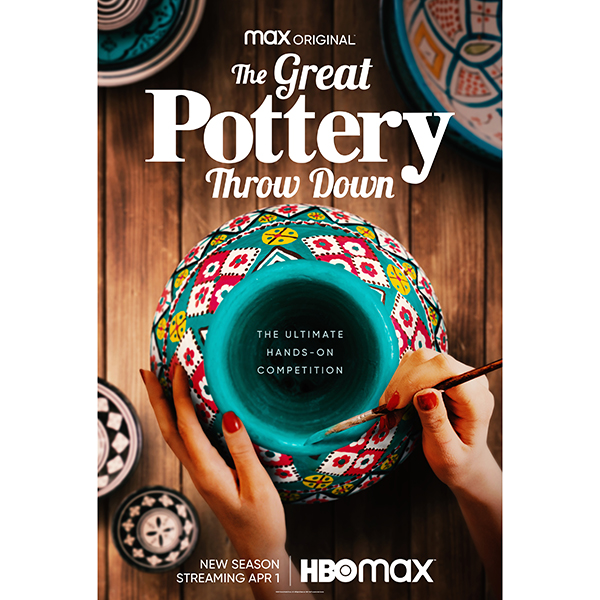
Great Pottery Throw Down

Middleport Pottery
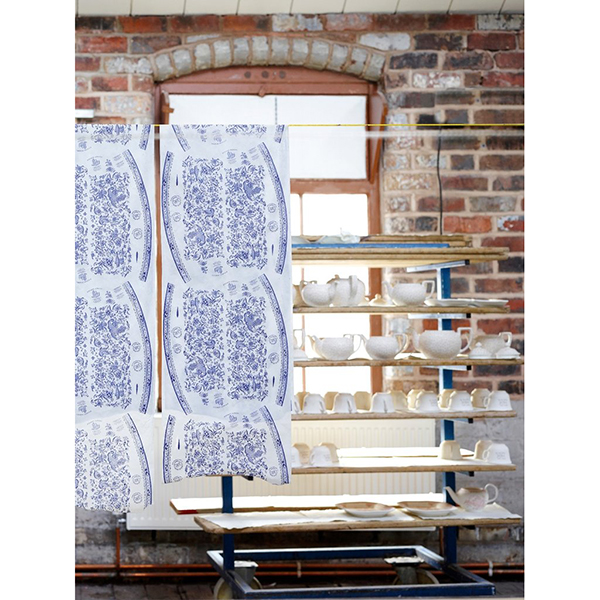
Transfer printing at Middleport
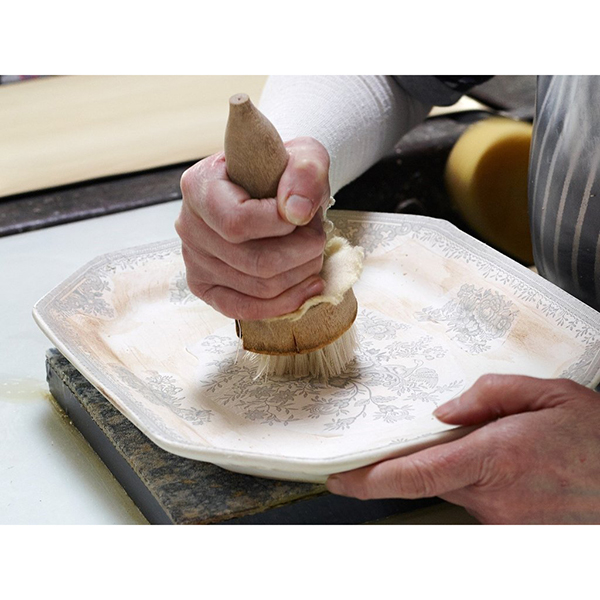
Transfer printing at Middleport
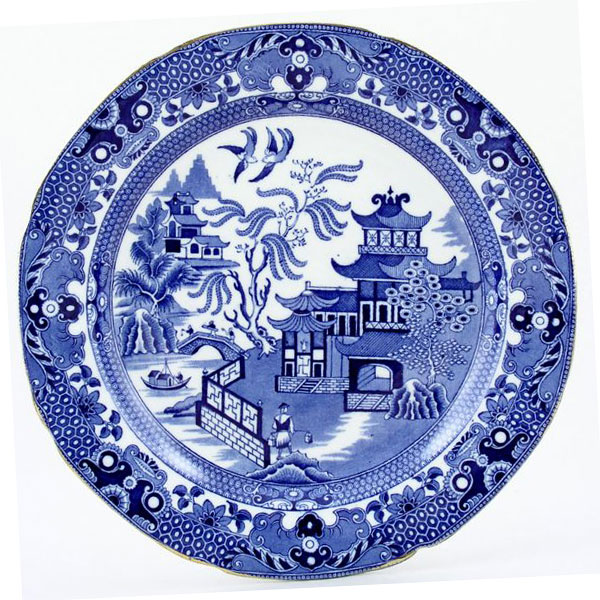
Burleigh Blue Willow

Burleigh Calico Teapot
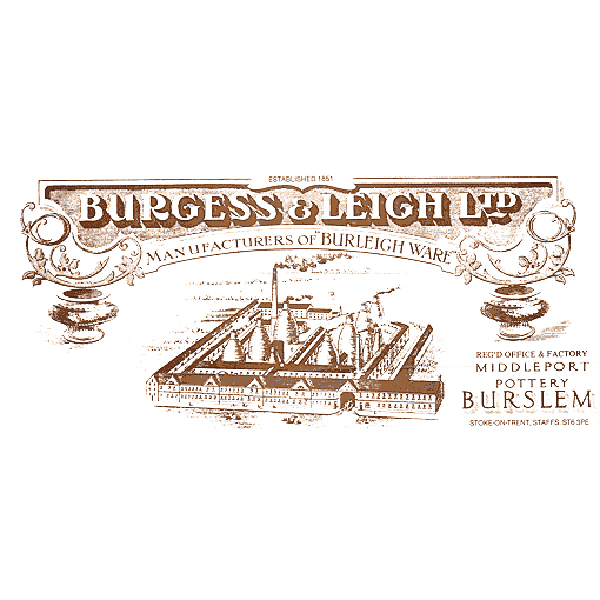
Burgess & Leigh
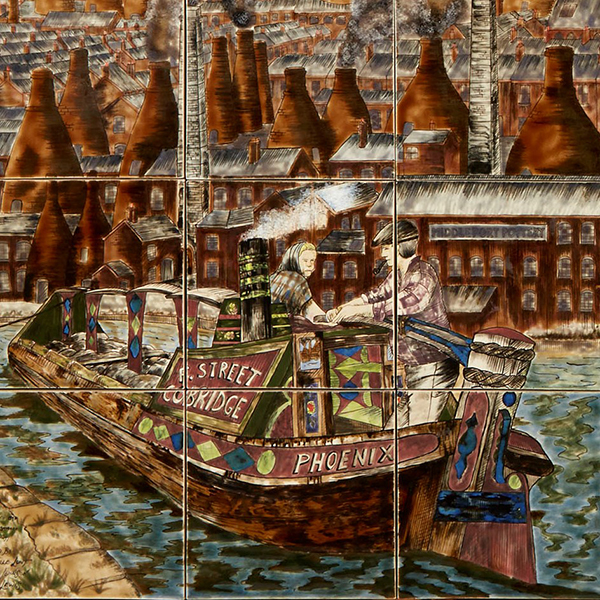
Cobridge Tile Panel @ WMODA

Cobridge Tile Panel @ WMODA
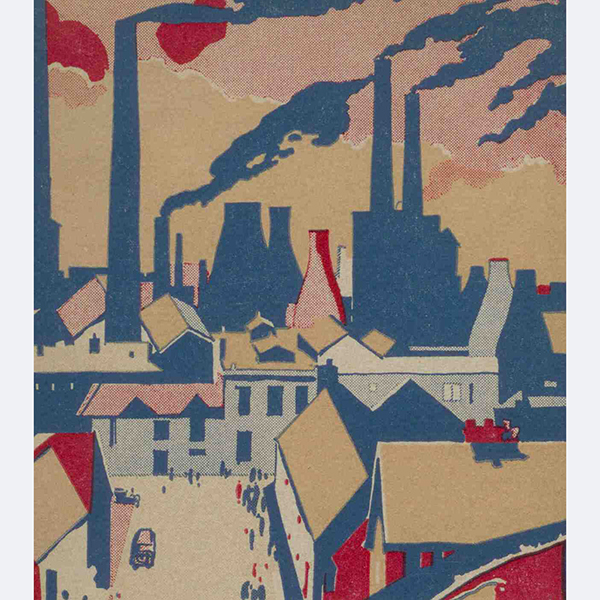
Stoke-on-Trent painting

Clay pits in Stoke-on-Trent
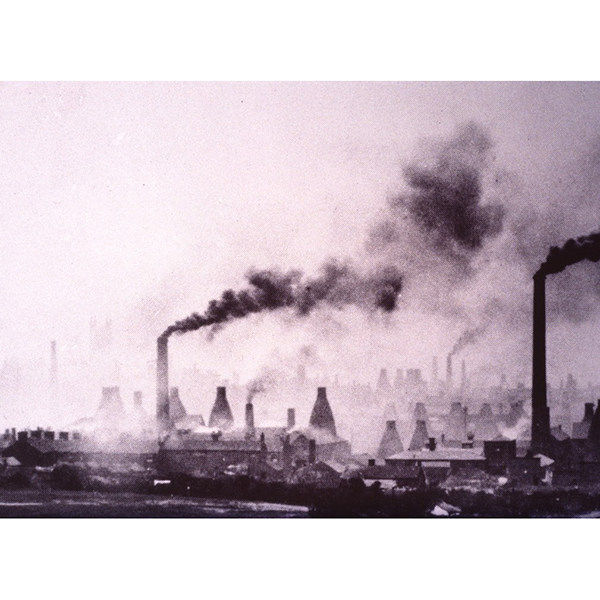
View of Stoke-on-Trent with smoke from the kilns
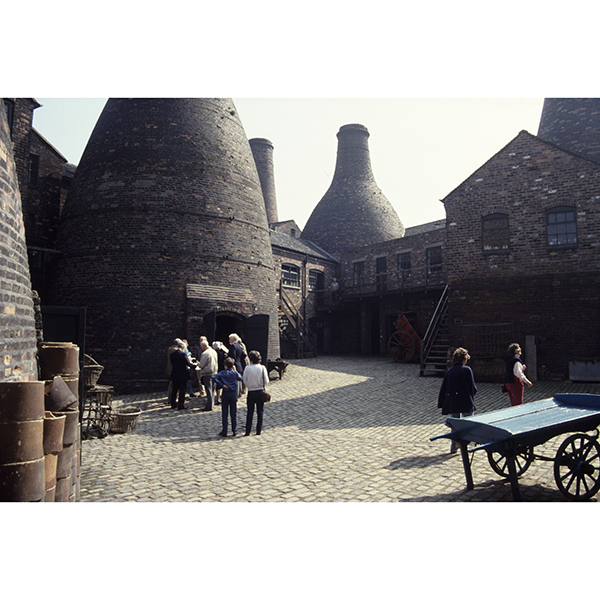
Gladstone Pottery Museum
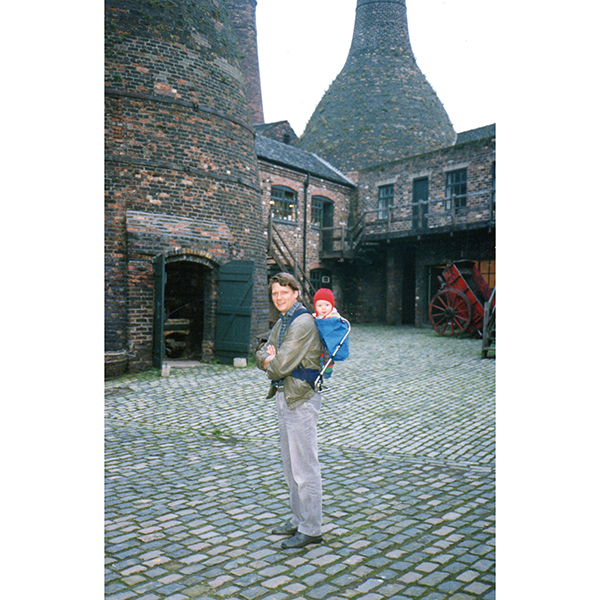
George and Ben at the Gladstone Pottery Museum
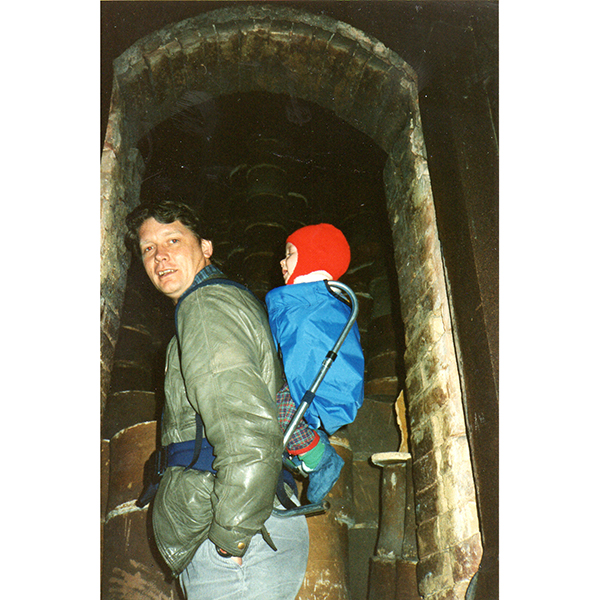
George and Ben at the Gladstone Pottery Museum
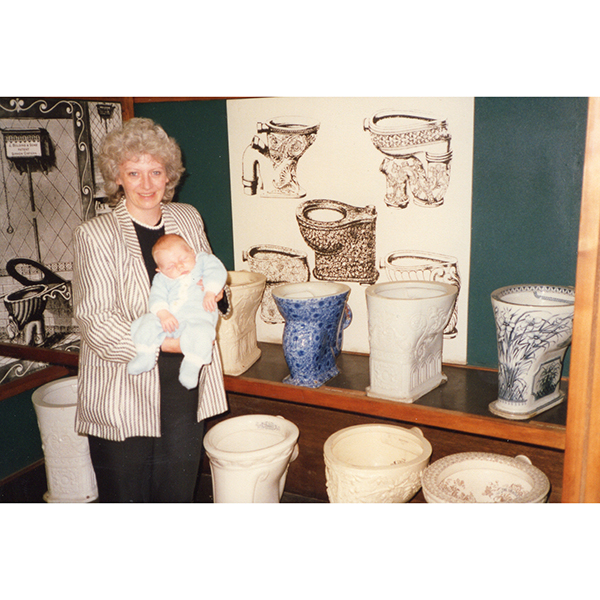
Louise and Ben at the Gladstone Pottery Museum

Great Pottery Throw Down contestants at the Gladstone Museum
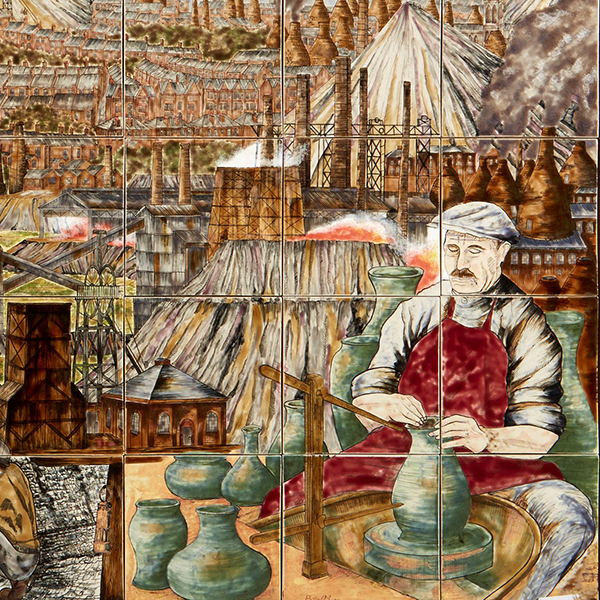
Cobridge Tile Panel @WMODA

Throwing pots

Within the Potter's House
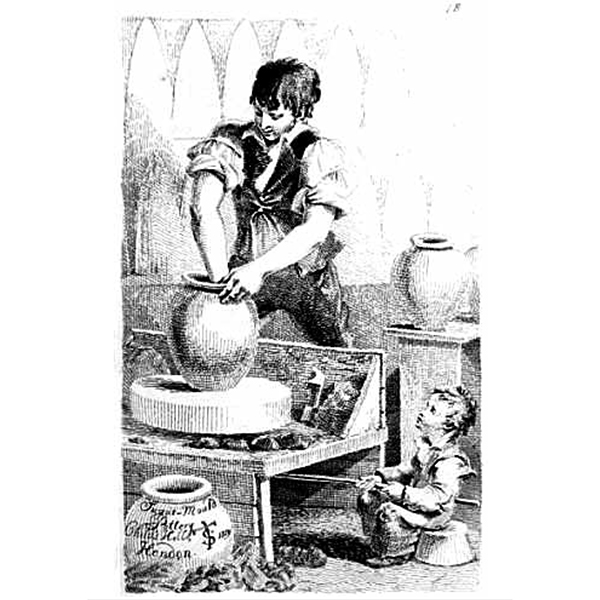
Sugar-mould pottery Child's Hill Hendon by J. T. Smith

Staffordshire Ware by J. T. Smith

Royal Doulton factory

Royal Doulton factory

Throwing Pottery at Gasper Arts Center
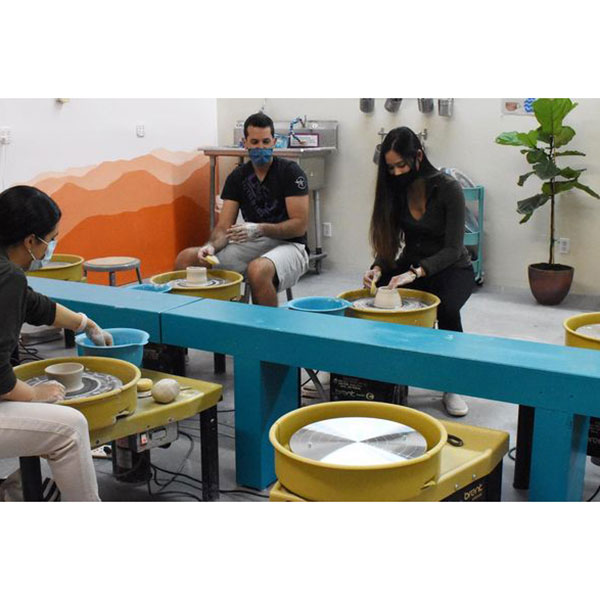
Throwing Pottery at Gasper Arts Center
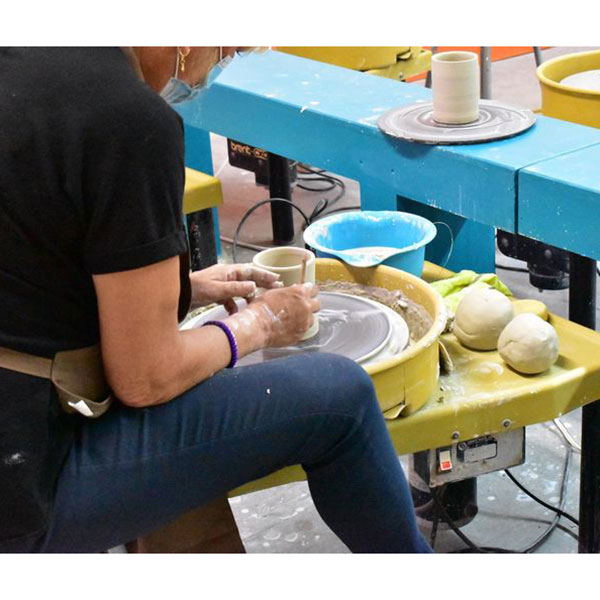
Throwing Pottery at Gasper Arts Center
